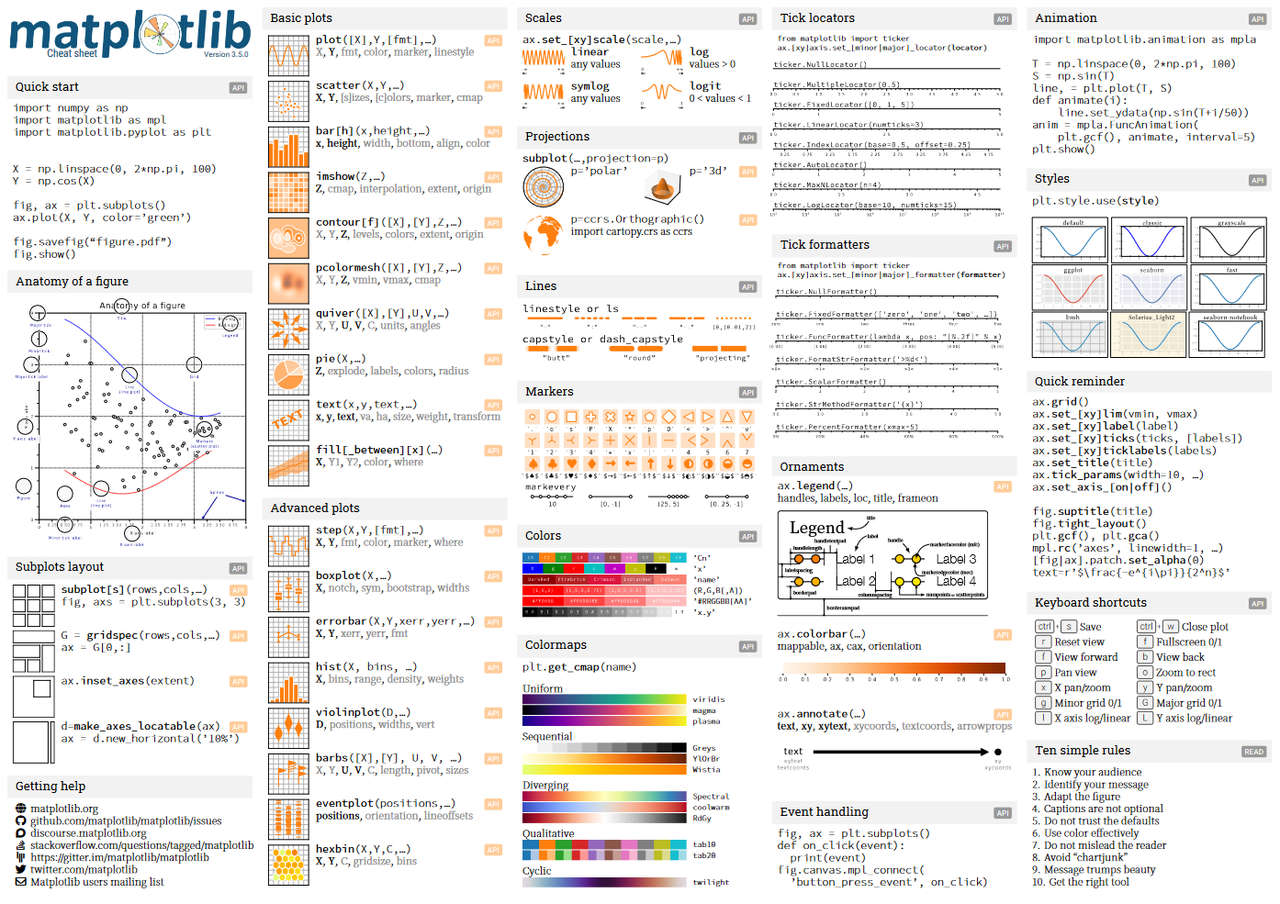🐰 I’m so egg-cited, and I just can’t hide it
Late to the Party 🎉 is about insights into real-world AI without the hype.

Hello internet,
I am deeply enjoying the long Easter weekend here, but I won’t deprive you of your weekly machine learning dose!
The Latest Fashion
- I loved this annotated version of the transformer paper for deeper understanding!
- F-strings are great, but I can never remember the number formatting. Here’s a cheat sheet!
- The Learning interpretability tool is a nifty often source platform for ML explainability
Got this from a friend? Subscribe here!
My Current Obsession
I’m currently working with Skillshare to bring a new course on chatGPT to their platform. It’ll go into all the advantages and the many problems, including ethical considerations. Should be fun!
Generally, I have been thinking more and more about creating videos. I think one of the problems I have is that I never really defined my “target audience”. So maybe I can actually figure out how to make videos more consistently if I figure out who I’m making these for? I hate the whole “Persona” exercise, though… Any advice is welcome.
On Thursday, I was invited to give a guest lecture for a class at Brown University. I talked about operationalizing machine learning in NWP to a class of students learning about ML in climate prediction by Professor Karianne Bergen. That was a lovely discussion!
Last but not least, my Youtube channel just crossed an entire year of raw watch time. People have been staring at my silly face talk about ML for a whole year now, which is incredible.
Thing I Like
I bought some Beyerdynamics headphones, and they’re incredible. I got the DT 770 Pro because I like closed-back headphones, as noises, I can’t control make me anxious.
Hot off the Press
I wrote an extensive article about how I got my job at the ECMWF and how it compares to the standard tech recruiting pipeline. You know we’re currently hiring?
In Case You Missed It
My VS Code extensions have been making the rounds again!
Machine Learning Insights
Last week I asked, What is the relation between standard deviation and variance?, and here’s the gist of it:
Standard deviation and variance are two closely related statistical concepts used to measure a dataset’s variability or spread.
Variance measures how far the data points are from the mean. It is calculated by taking the average of the squared differences between each data point and the mean. A high variance indicates that the data points are spread out widely from the mean. In contrast, a low variance suggests that the data points are clustered more closely around the mean.
Standard deviation is the square root of the variance. It measures how much the data points deviate from the mean on average. Like variance, a high standard deviation indicates that the data points are more spread out, while a low standard deviation indicates that the data points are more tightly clustered around the mean.
To illustrate this relationship with an example from meteorological data, let’s consider a dataset of daily temperatures in Celsius for a particular location for one year. We can calculate this dataset’s variance and standard deviation to measure the variability in the temperatures over the year.
Suppose the average temperature over the year is 15°C, and the variance is calculated to be 10°C^2. The standard deviation would be the square root of 10, approximately 3.16°C. This means that the daily temperatures in the dataset deviate from the mean by an average of 3.16°C. If the standard deviation were higher, for example, 5°C, it would indicate that the temperature varied more widely daily over the year.
Data Stories
Whether you love Matplotlib or hate it, if you work with Python, you’ll need to work with it in some capacity.
Here’s a nifty cheatsheet.
There are also Beginner, Intermediate, and Advanced versions!

Source: Matplotlib
Question of the Week
- What is the difference between parametric and non-parametric models?
Post them on Mastodon and Tag me. I’d love to see what you come up with. Then I can include them in the next issue!
Tidbits from the Web
- Youtuber WheezyWaiter quit alcohol for a whole year
- You can make writing into a role-playing game to stay productive!
- This video about the Roblox Oof should’ve been short, but was 2 hours of pure entertainment instead
Add a comment: